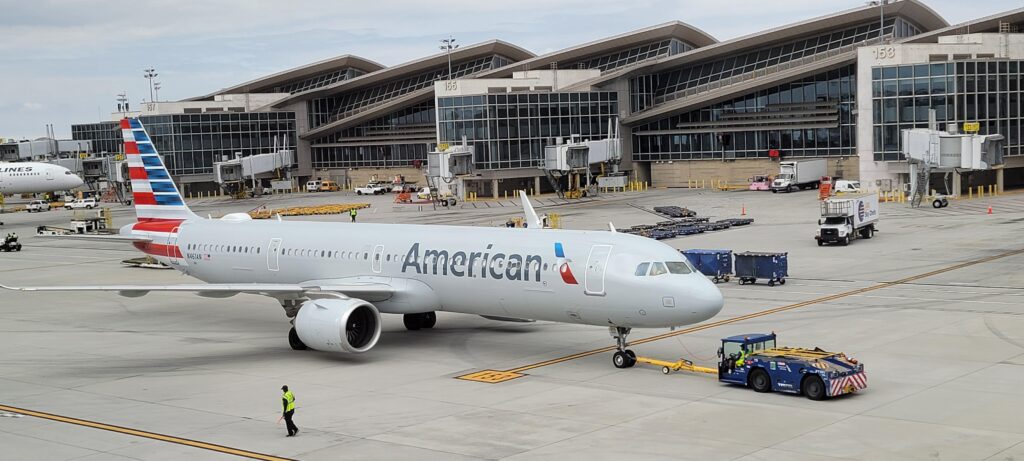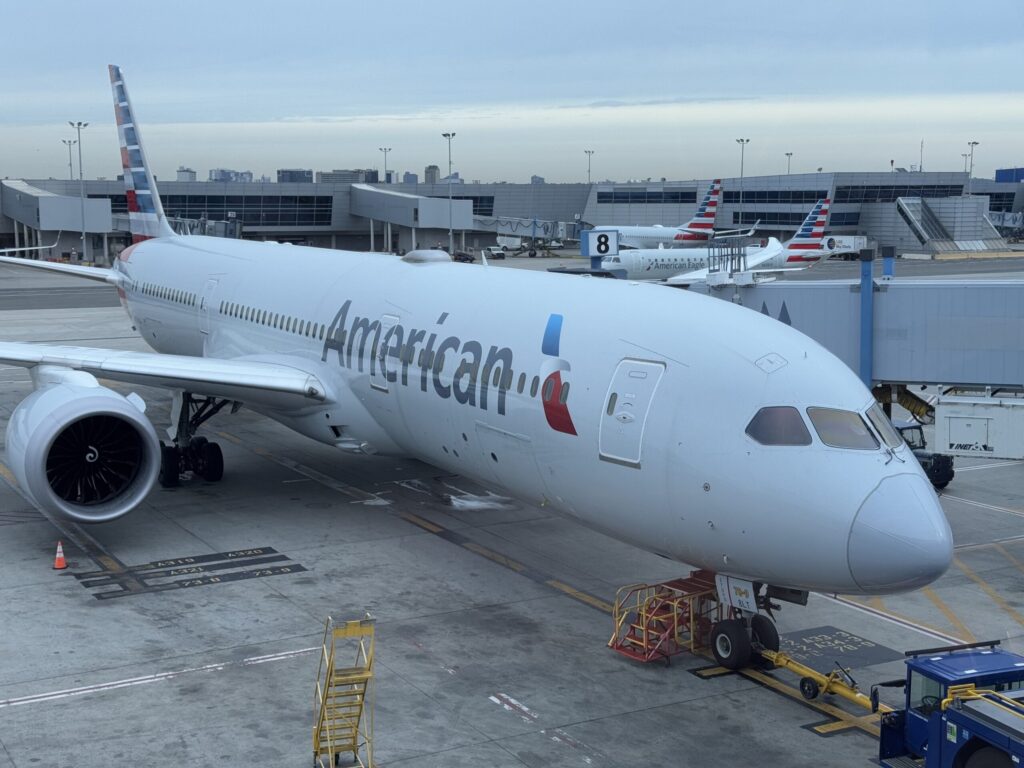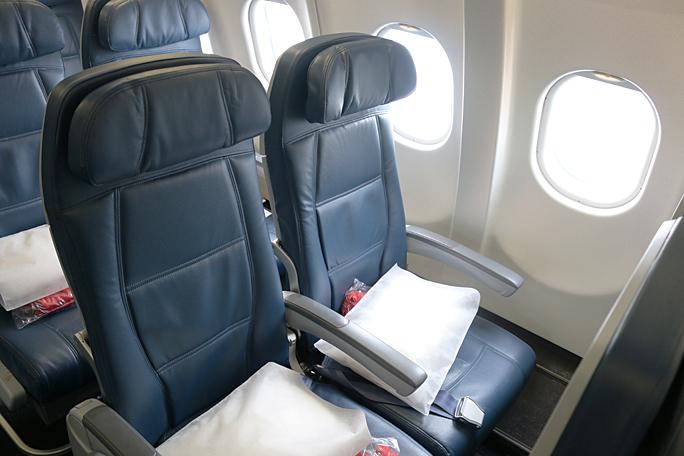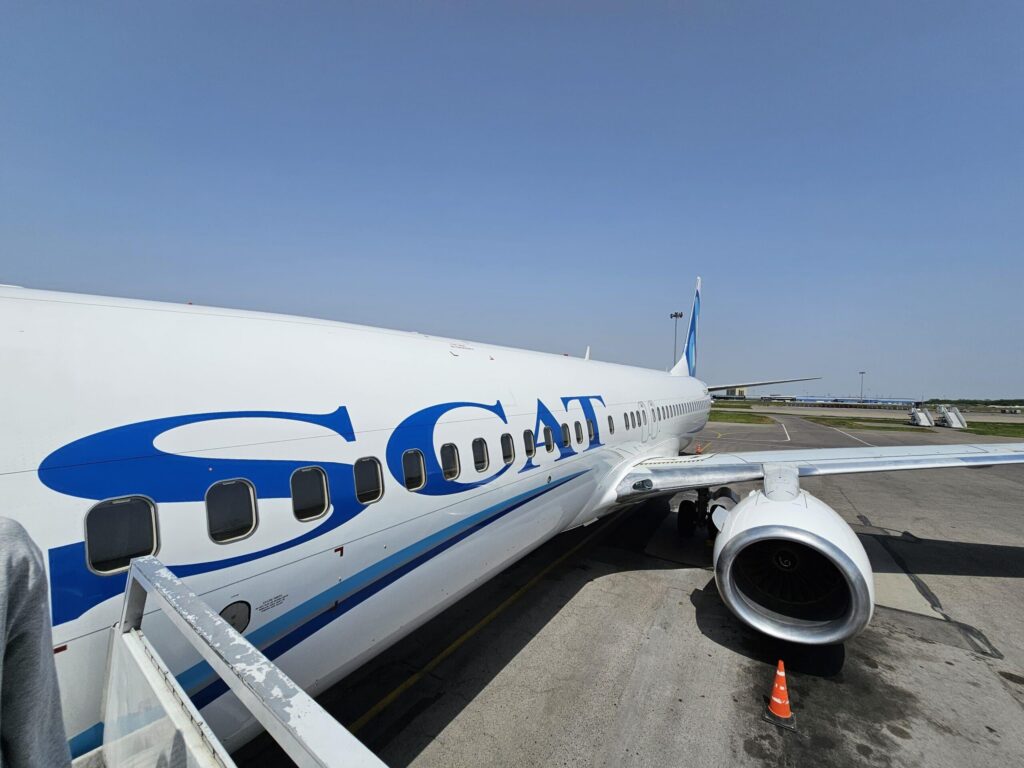
Unlocking the American Airlines Companion Certificate
I’ve spent countless hours poring through travel blogs and industry insights, absorbing tips and tricks about airline loyalty programs. One perk that never fails to grab my attention is the American Airlines Companion Certificate, offered to cardholders who meet an annual spending threshold on select co-branded credit cards. Once earned, it lets you add a companion on a domestic round-trip flight for $99 plus taxes and fees, opening the door to significant savings if you plan your trip wisely.
What Is the American Airlines Companion Certificate?

I’ve come across many travel deals over the years, but the American Airlines Companion Certificate remains one of the most cost-effective ways to bring a friend along on a domestic flight. Essentially, it’s a specialized pass offered by certain American Airlines co-branded credit cards, allowing eligible cardholders to purchase a companion ticket for just $99 plus taxes and fees (usually between $21 and $43), once specific spending criteria are met. While American Airlines extends this benefit through multiple cards, the essence is the same: you buy a regular round-trip economy seat, and you lock in a reduced fare for your companion.
In my own exploration of airline perks, I’ve noticed that the Companion Certificate mostly covers flights within the contiguous 48 states, which can still be a hefty advantage for domestic travelers. According to the latest industry data in 2025, domestic airfare costs have risen by approximately 7% over the past two years, so shaving off a significant portion of a second ticket can be a game-changer for budget-conscious flyers. It’s important to note that these certificates typically can’t be applied to premium cabins or international routes—though I’ve seen occasional promotions where the airline extends broader access.
For those looking to maximize this benefit, timing and flexibility are everything. The American Airlines Companion Certificate must be redeemed directly with the airline, often through a dedicated booking portal or by phone. I’ve heard from fellow travelers that demand for these certificates can spike around major holidays, so having backup travel dates or a backup itinerary can make all the difference. In my experience, planning well in advance is key to ensuring you can snag your preferred travel dates before the allotment of companion seats runs out.
How to Earn Your Companion Ticket

Earning the American Airlines Companion Certificate typically requires hitting a set spending threshold on your co-branded credit card within a cardmember year, often between $20,000 and $30,000. I’ve tracked multiple credit card offers over the past few years and noticed that these requirements sometimes change based on travel industry trends. For example, the AAdvantage Aviator Red Card from Barclays asks for $20,000 in net purchases before granting a $99 companion ticket, while the Aviator Silver can allow up to two certificates if you meet a higher spend level. With Citi’s AAdvantage Business Card, the spend requirement could vary, so it pays to read the fine print.
In my view, pacing your spending throughout the year can help avoid any last-minute scramble to meet these targets—particularly if you use your card consistently for everyday expenses like groceries, utilities, or online shopping. If you have a big purchase coming up—a new laptop or home furnishings, for instance—it could be strategically timed to push you over the threshold. Many flyers I’ve spoken to mention receiving their certificate about eight to ten weeks after hitting that requirement, which means you’ll still need to plan your travel with a bit of buffer time.
According to a recent survey by the U.S. Bureau of Consumer Financial Protection, around 65% of credit card users fail to maximize their bonus categories or annual spend-related perks because they forget about the deadlines. That’s why I always recommend setting calendar reminders or using an expense-tracking app. If you approach your card usage thoughtfully, you’ll be in a strong position to claim the Companion Certificate without incurring unnecessary debt or missing out on additional rewards in the process.
Fees, Taxes, and Restrictions

I’ve often heard the question, “Wait, if the companion fare is only $99, what else am I paying?” The short answer is: taxes and fees, which generally total between $21 and $43. Although it might seem like a minor surcharge, it’s crucial to remember that final ticket costs can vary based on airport fees, fuel surcharges, or other regulatory charges. In my experience, it’s a small price to pay when stacked against a regular round-trip ticket, especially if you’re traveling during peak season when airfare can spike.
However, companion certificates aren’t exactly a free-for-all. In fact, I’ve discovered they often come with specific blackout dates, seating limitations, and fare class restrictions. These limitations can be more pronounced around major holidays or busy travel periods. If your schedule is flexible, you’ll likely have better luck finding seats that qualify for the certificate. In my observations, mid-week flights and off-peak travel windows—like early spring or late fall—tend to have the most availability.
One critical restriction is that both travelers must be booked on the same reservation and itinerary. That means changes can be tricky, and if one person cancels or needs to switch dates, it could affect the entire booking. I always advise fellow travelers to double-check the terms to see if you can make any modifications or pay a fee to shift your dates. According to a 2024 airline policy review I read, some changes can incur a certificate reissue fee, so it’s worth confirming all the details with the airline’s customer service before finalizing your plans.
Comparing Co-Branded Card Options

I’ve always believed that no single credit card is perfect for everyone, and the same holds true for American Airlines co-branded cards. Some emphasize everyday spending rewards, while others cater to frequent flyers with perks like priority boarding and free checked bags. A prime example is the Aviator Silver Card, which targets high spenders aiming to earn multiple companion certificates, while others might highlight lounge access or in-flight discounts. I regularly compare sign-up bonuses and annual fees across these cards to figure out which offers the strongest overall value.
According to a 2025 consumer study conducted by CardRating Digest, travelers often place a premium on lounge access and free checked bags over the companion certificate itself, because these benefits can add up quickly if you frequently travel with luggage or value a quiet place to work before a flight. If your primary goal is that $99 companion fare, make sure the card’s annual fee and spending requirements align with your budget and your expected spending habits for the year.
Matching your spending habits to your card’s bonus categories can really amplify your mileage earnings. If you frequently book airfare, dine out, or stay in hotels, look for a card that rewards those categories at higher rates. This strategy ensures the path to earning your companion certificate is lined with valuable miles. As a final note, I also pay close attention to any welcome bonuses, since a substantial initial bonus can offset the annual fee and bring you that much closer to meeting your spending requirement.
Final Thoughts on Maximizing the Certificate

I’ve seen many travelers get excited about the $99 companion fare but overlook the other perks that come with these cards—from in-flight discounts to bonus miles and free checked bags. If you’re poised to spend $20,000 or more annually, you should assess these additional features to see if they actually align with your travel patterns. Sometimes, the synergy between an airline card and your broader loyalty strategy can turn a decent deal into a fantastic one.
It’s also valuable to re-evaluate your card usage at least once a year, especially if your travel plans change. A card that was perfect for you last year might not be the best fit today. Taking a fresh look at competing offers ensures you’re not missing out on more flexible or lucrative programs elsewhere. In my experience, a little research goes a long way to avoid annual fees that aren’t delivering real returns.
Finally, keep in mind that these perks exist in a competitive marketplace. That’s great news for consumers, but it also means reading the fine print is absolutely essential. Whether it’s blackout dates or booking channels, the details can make or break your experience with the Companion Certificate. I always encourage travelers to be thorough in understanding terms, ensuring that you’re not unpleasantly surprised down the line.
Final Thoughts

Overall, the American Airlines Companion Certificate is a powerful tool for saving money on domestic travel, especially if you’re already using a co-branded credit card to earn miles and enjoy other benefits. Planning ahead is essential, as the certificate takes time to arrive and can involve strict redemption windows. If you align your usage of one of these cards with your typical spending patterns, the certificate can be a consistently rewarding perk in your travel arsenal.
Beyond the $99 plus taxes and fees, it’s the flexibility that can truly maximize your savings. Choose itineraries wisely to avoid blackout dates, compare seat availability during different times of the year, and stay on top of industry news for any additional promotional offers. When managed thoughtfully, this certificate can be the golden ticket to memorable trips without breaking the bank.
Sky Skylar’s Take
I’ve encountered countless success stories from people who decided to invest their daily spending into meeting the qualification requirements for this certificate. The recurring theme is how such a simple concept—a discounted second ticket—can lead to double the memories on what might otherwise be an ordinary trip.
From last-minute friend getaways to family reunions planned months in advance, the American Airlines Companion Certificate exemplifies how travel rewards can be leveraged for meaningful experiences. If you plan your strategy right, you can rest assured that the cost of bringing someone along won’t stand in the way of the journey you’ve been dreaming of.
Check out more travel insights, tips, and the latest industry news with us at BoardingArea.































